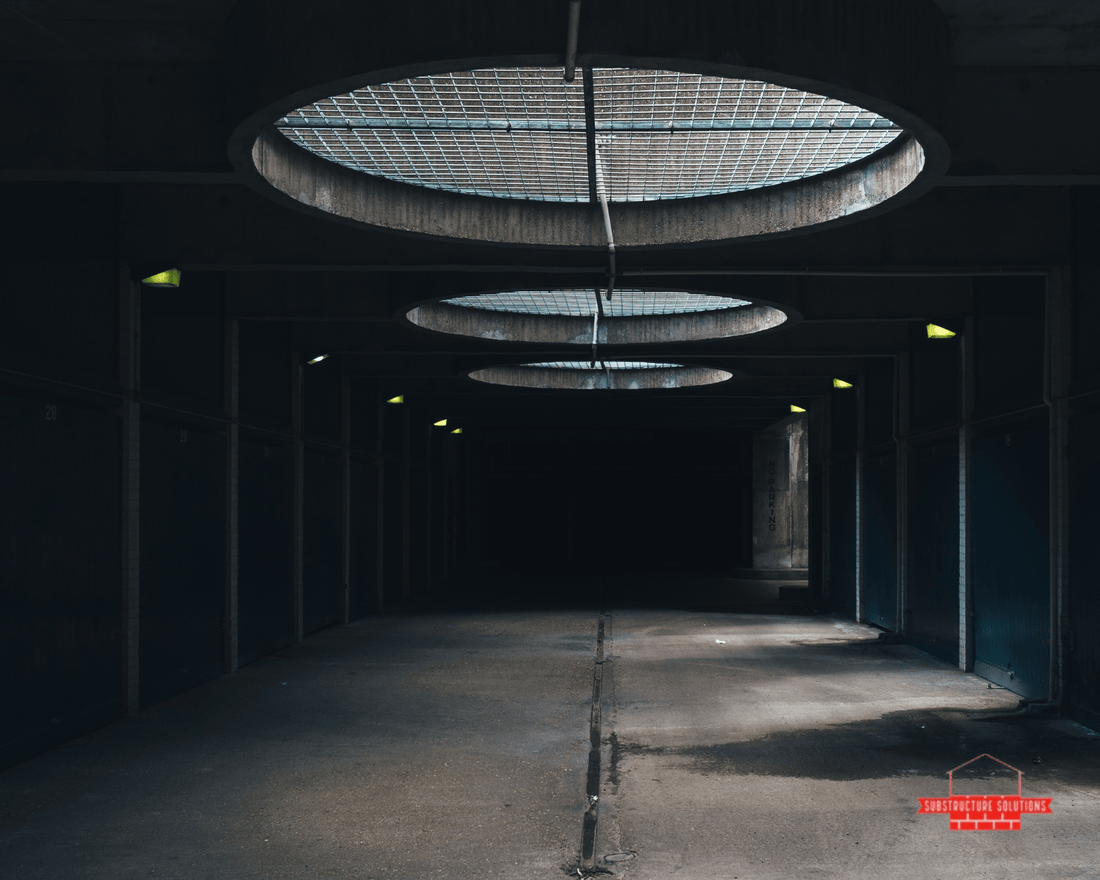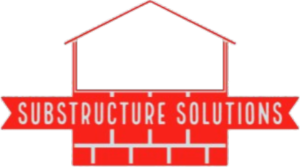
How to Make an Underground Bunker in Sydney: A Complete Guide
Share
Building an underground bunker is a complex process that demands meticulous planning, adherence to regulations, and construction expertise. At Substructure Solutions, we've assisted numerous Sydney homeowners in creating secure, fire-resistant, and discreet underground bunkers for protection, peace of mind, and lifestyle enhancement.
In this guide, we'll walk you through the steps to construct an underground bunker.
Step 1: Define the Purpose of Your Bunker
Before initiating construction, determine the primary objective:
Emergency Shelter: Protection against natural disasters or security threats.
Bushfire or Flood Safety: A refuge during bushfires or floods.
Storage: Safekeeping of valuables or supplies.
Underground Retreat: A personal space like a man cave or leisure area.
This decision will influence the bunker's size, depth, ventilation, and access requirements.
Step 2: Select an Appropriate Location on Your Property
Identify a spot that offers:
Sufficient Space: Ensure the area doesn't interfere with existing structures.
Discreet Access: Facilitates both accessibility and privacy.
Stable Soil Conditions: Sydney's soil varies; areas with loamy soil are often ideal due to their balanced composition, offering good drainage and stability.
Tip: Conduct a professional soil test to confirm suitability.
Step 3: Obtain Necessary Approvals & Permits
In New South Wales, the following are required:
Development Approval (DA): Secured from your local council.
Engineering Plans: Must be approved by a licensed structural engineer.
Compliance with Regulations: Adherence to the Building Code of Australia (BCA) and consideration of bushfire zoning laws if applicable.
Note: Substructure Solutions manages this entire process on your behalf.
Step 4: Conduct Excavation & Groundwork
Upon approval:
Excavation: Utilise specialised machinery for precise digging.
Drainage Systems: Install to prevent water accumulation.
Moisture Barriers: Implement to protect against dampness.
Foundation: Pour high-grade concrete, incorporating reinforced walls and roofing to withstand ground pressure and prevent collapse.
Step 5: Install Ventilation, Power, and Waterproofing Systems
Equip your bunker with:
Air Filtration and Ventilation: Ensures a continuous supply of fresh air.
Power Solutions: Options include mains electricity, solar backups, or generator hook-ups.
Waterproofing: Utilise membrane-based systems to keep the interior dry.
Step 6: Establish Entry, Security, and Custom Features
Decide on access methods:
Entry Points: Options include stairways, vertical shafts, or discreet trapdoors.
Security Measures: Implement secure locking systems or biometric access.
Camouflage: Optional concealment of entryways for added discretion.
Additional features can include:
Storage Solutions: Shelving for food and water supplies.
Communication Equipment: Ensures external connectivity.
Lighting and Soundproofing: Enhances comfort and privacy.
Smart Monitoring Systems: For surveillance and system management.
Final Step: Furnishing and System Testing
After construction:
System Checks: Test all installations, including ventilation, power, and drainage.
Furnishing: Outfit the space according to its intended use—be it a safe room, workshop, wine cellar, or luxury lounge.
🛠 Considering a Professional Bunker in Sydney?
DIY bunker construction poses risks, including legal complications and structural hazards. At Substructure Solutions, we bring decades of expertise in underground construction within Sydney. We manage the entire process—from council approvals to concrete pouring—ensuring a seamless experience.
Contact Us:
Phone: 0402 633 767
Email: info@substructuresolutions.com.au
Website: substructuresolutions.com.au
Resources
Planning NSW
Planning Approval Pathways – Planning.nsw.gov.au
There are 9 different planning approval pathways in NSW. The size and scale of your development determine which assessment pathway applies.
SafeWork NSW
Code of Practice 2006 (PDF) – SafeWork NSW
November 23, 2009
